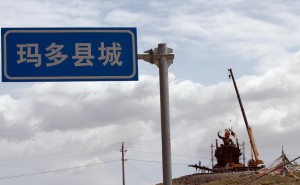
High Peaks Pure Earth has translated a blogpost by Woeser written on August 17, 2011 for the Tibetan service of Radio Free Asia and posted on her blog on August 28, 2011.
In this blogpost, Woeser writes about the once prosperous county of Matö in eastern Tibet, located in today’s Qinghai Province. Woeser questions the official rationale given for the impoverishment of Matö county and chooses to focus on environmental degradation brought on by mining, dam building and gold panning and the impact on the nomads.
For High Peaks Pure Earth readers interested in the full China Dialogue article “Tibet’s Disappearing Grasslands” mentioned by Woeser, follow this link: http://www.chinadialogue.net/article/show/single/en/3828-Tibet-s-disappearing-grasslands
Read a French translation of this post here:http://woeser.wordpress.com/2011/11/10/la-province-amdo-sombrant-dans-la-pauvrete/

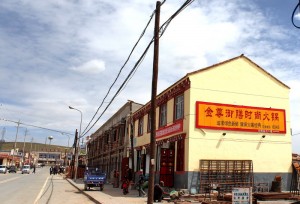
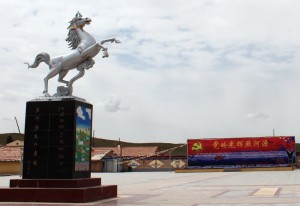
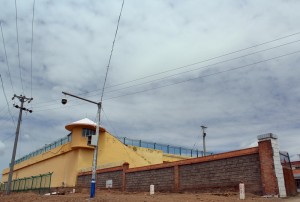
The first time I visited Matö, which lies at the head of the Yellow River, was in 1997; the fourth time was not long ago. Back then, the county seat gave me the impression of being deprived of any human traces, doors were closed off, paper scraps and plastic bags were drifting on a small and narrow street, like wandering ghosts. Today, however, this bustling street is already home to a Hot Pot Restaurant called “Emperor’s Cuisine”, and on the city square, even more eye-grabbing than the flying horse statue is a big red banner, reading: “The Party’s radiance shines upon the river head”.
When mentioning Matö, all Chinese media agree that during the 1980s, this county, home to only ten thousand inhabitants, was considered “the richest county in China”, with the highest per capita income. And they also agree that after only 20 to 30 years later, Matö has “become an impoverished county”. In investigating the reasons for this, Chinese media unanimously conclude that it is due to over-grazing by herdsmen, which has caused the grasslands to degenerate, the lakes to rapidly decline, water supply to be exhausted and the entire ecology to deteriorate.
Is that really the reason? Or rather, is this really the main reason?
I have seen the photos Wang Lixiong took over 20 years ago when floating on the current of the Yellow River. The photos of Matö are the most startling ones. They show scenes of thousands upon thousands of people eagerly attending to all sorts of physical labour. But it wasn’t the sort of work involving the plowing of uncultivated land to plant foodstuffs or the grazing of cattle and the clearing of weeds, these people were competitively engaged in gold dredging and panning right from the river water. The gold panners were mainly Hui and Han people. Wang Lixiong does not remember ever seeing any Tibetans engaging in gold panning.
In fact, Matö is not famous for the Yellow River, but because it contains rich mineral resources such as gold, which has attracted many avaricious people who came swarming into the area. Some sources confirm that in the 1980s, hundreds of thousands of outsiders poured into Matö county to look for gold. Actually, Matö’s former wealth is not attributed to its developed livestock industry but to the trade, which the gold panning brought about, increasing the GDP as well as individual income. What needs to be stressed, however, is that Matö’s wealth did by no means trickle down to the herdsmen; they continued to live a simple but content nomadic life.
Outsiders flooded into this Tibetan area, engaging in mining and gold digging, grasslands were destroyed, the river-bed dried up, wild animals were hunted, and caterpillar fungus as well as other precious medicinal herbs were dug out; all these various different factors came together and, taken as a whole, finally led to what we see today. Online surveys reveal that between the 1980s to the 1990s, excessive and uncontrolled gold digging has not only damaged the gold resources, but also severely devastated grasslands and destroyed the eco-system and virtuous cycle, leading to the disappearance of fertile soil and the desertification of the land. In 1999, 47.8% of the entire county area was covered in desert and sand or bare ground and the percentage of wild animals dropped to 31%.
Last year, “China Dialogue” published an article, “Tibet’s Disappearing Grasslands”, in which they interviewed a Tibetan teacher who showed his concerns: “Matö is now very poor. There is no way to make a living […] the mines have closed and grasslands are destroyed…” But on the official website of Matö government, it is of course still advertised that “there still exist impressive reserves of mineral resources underground, waiting to be developed”. Matö County is introduced as having gold and also coal, iron, copper, cobalt, salt, borax and other minerals as well as limestone and jade. Up to the present day, gold mining continues without respite.
So, does the problem of herding exist after all? An 80-year-old herdsman answers, adding for consideration that if livestock was really having a negative impact on vegetation, the area where the herdsmen keep their cattle should today be nothing but barren land because when he was young, there already existed numerous amounts of Tibetan wild ass on this land. In the same article, Wang Lixiong also responds, saying that “Tibetans have kept livestock on grasslands for generations, reaching over thousands of years, how is it possible that in the past, the ecology has not been affected and that the problem of over-grazing did not exist?”
Finally, let me add one more reason as to why the ecology has been deteriorating: as everyone knows, the Qinghai-Tibetan Plateau has been affected by global warming. But on top of that, there have been all these outsiders pouring in, engaging in mining and dam building.
Lhasa, August 17, 2011

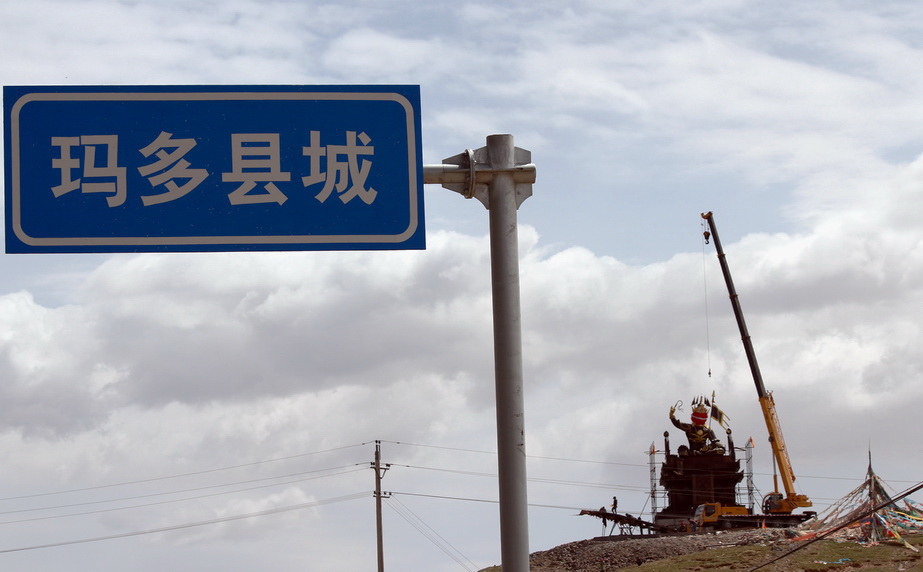

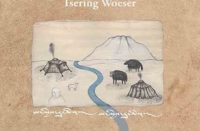
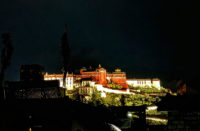
Follow Us!